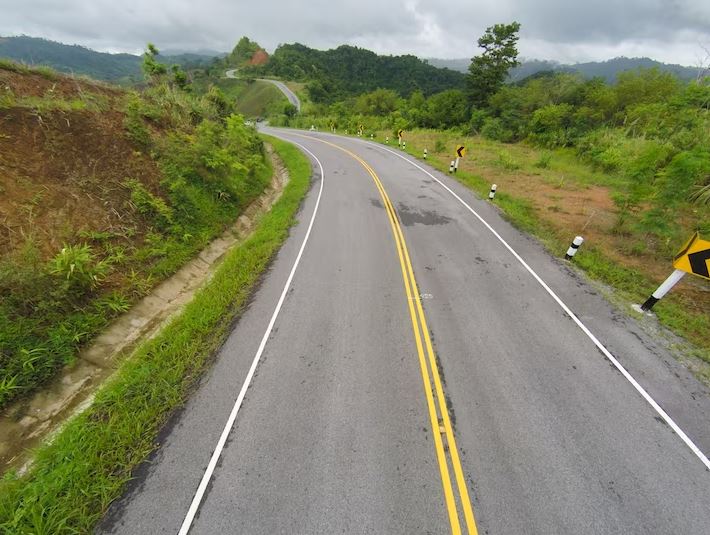The Border Roads Organisation (BRO) is responsible for the construction and maintenance of roads in border areas of India. With the aim of improving connectivity and mobility in these regions, BRO is currently conducting a road survey in Myanmar. As part of the team, I had the opportunity to visit the site and gather valuable information that would aid in the planning and construction of the road.
Arriving in Myanmar
The team arrived in Myanmar after a long journey from India. We were greeted by the local authorities who gave us a warm welcome and assisted us in our survey. Our first task was to gather information about the terrain and geographical features of the region. This information would help us determine the best route for the road.
Surveying the Terrain
The survey team was equipped with advanced GPS devices, cameras, and other tools to gather information about the region. We started by surveying the border area and then moved on to surveying the terrain. This was a challenging task as the region was mountainous and covered with dense forests. We had to hike through these forests and climb the mountains to get a clear view of the terrain.
The survey team worked tirelessly for days, mapping the region and taking notes of the geological features. We had to mark the location of every hill, river, and valley, and make a note of the type of soil in each region. This information would be used to determine the best route for the road and the type of construction materials that would be required.
Meeting with Local Communities
During our survey, we also had the opportunity to meet with local communities. We spoke with the villagers and learned about their way of life, their culture, and the challenges they faced due to the lack of connectivity. The locals were happy to see us and were eager to share their thoughts and ideas about the road.
We also spoke with local leaders who shared their concerns and suggestions. They highlighted the need for the road to be constructed in a way that does not harm the environment and preserves the natural beauty of the region. They also emphasized the need for the road to be constructed in a way that benefits the local communities.
Assessing Environmental Impact
The survey team also assessed the environmental impact of the road. We identified the potential impact on the flora and fauna of the region and took measures to mitigate it. We marked the locations of endangered species and ensured that the road would not pass through these areas. And we also made sure that the construction of the road would not result in deforestation or land degradation.
Conclusion
The road survey in Myanmar was a challenging but rewarding experience. We gathered valuable information that would aid in the planning and construction of the road. We also had the opportunity to interact with local communities and learn about their needs and concerns. It was heartening to see the enthusiasm and support of the locals for the construction of the road.
The construction of the road would improve connectivity and mobility in the region and would provide a boost to the local economy. It would also strengthen the ties between India and Myanmar and would contribute to the development of the region as a whole.
Overall, the road survey in Myanmar was a crucial step in the construction of the road. It provided us with the information and insights required to plan and execute the project in a way that benefits the local communities and preserves the environment.

